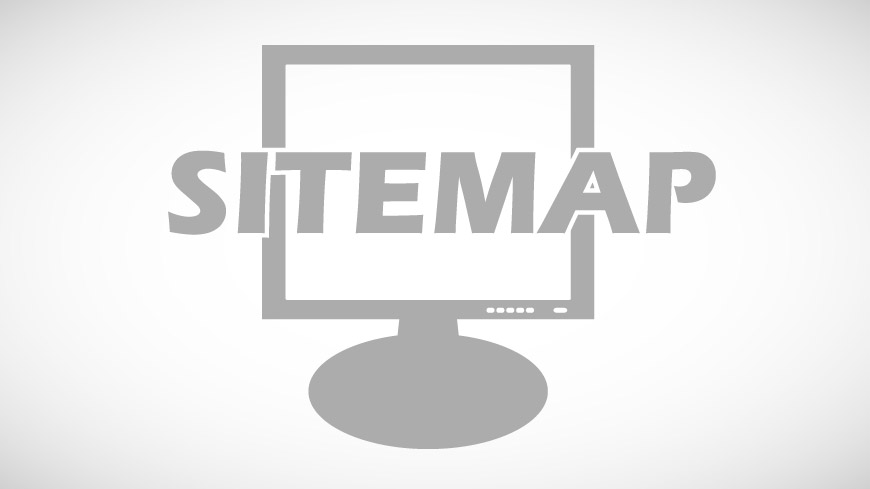What is the Difference Between Navigation & Information Architecture (IA)? April 16, 2016 by Garenne Bigby

Web designers sometimes bring together the concepts of information architecture (IA) and navigation design. It is true that these concepts are related and that IA informs the design of website navigation, but it should be made clear that IA and navigation are not interchangeable. In fact, IA spans beyond simple website navigation. Some web designers even refer to navigation as just the tip of the iceberg that is the entirety known as information architecture of the site. With recommendations from professionals, it is not wise to design the navigation of a website without taking the information architecture into consideration first. This is because the IA has many functions, and these functions include adding very important context to a web page. This would enable users to visit a page that is deep in the site straight from the search engine.
UX Careers 101: The Guide to User Experience Careers April 15, 2016 by Garenne Bigby

User Experience, also known as UX, is absolutely one of the fastest growing and possibly most exciting parts of the interactive industry. There are many facets to a career in the user experience, and all of them are deeply rooted in a passion for not only knowing users, but being able to shape their experiences into the best that they can possibly be. In this guide for UX careers, you will find essential information about the various career opportunities around UX, the national benchmarks set for such salaries, the best areas for jobs in UX, and essential tools of the trade for those User Experience professionals.
Sitemaps and User Experience August 31, 2015 by Super User

The Importance of Sitemaps
User-Experience, Credibility and Administrator Collaboration
Many website owners have an idea of what a sitemap is, but they don't necessarily understand how imperative a sitemap is for the success of their website, ensuring that the site is both search-friendly and user-friendly. With that said, it's apparent that sitemaps can be useful in a variety of ways. First off, sitemaps are a protocol that allows the webmaster for a website to inform Google and other major search engines about the URL's on a website that are available for crawling. They are also an important step of the user-centered process, ensuring that website content is in places users would expect to find it.
Read moreHTML Sitemaps For Better Website Navigation April 17, 2015 by Super User

HTML is a markup language used to create web pages. HTML sitemaps are links to various pages of a website. Doing this is especially necessary for site visitors because they are not only able to find applicable information as per their needs, but also saves them time. Search engine bots can also use the links to trace content, some that might otherwise remain hidden during normal crawling of the website. It is now imperative that all webmasters clearly understand how to create a sitemap for their site because that simple act has lots of benefits in the long run.
Read moreHow to Effectively Plan Your Website's Architecture April 7, 2015 by Super User

Planning and creating a website’s structure is not an easy job for a large website. There are some specific steps that should be followed. This article will provide you with the main steps to make sure that the website architecture achieves your client’s expectations.
The very first step is to make a plan during the discovery phase of the website development project. If you do not make a detailed plan then you will most likely end up with a scope creep, unpredicted increases to the project’s scope. They call it project creep because it often sneeks up on you and it is hard to get compensated for the extra work that did not go through the approval process. You will have no base on which to defend yourself against and could waste lots of your time and money. It will help you avoid possible disagreements about the final product; if you follow the plan that was accepted by the client, then it is much easier to finalize a project and get paid.
Read moreCreate Visual Sitemaps
Create, edit, customize, and share visual sitemaps integrated with Google Analytics for easy discovery, planning, and collaboration.
Popular Tags
Search Engine Optimization SEO Accessibility Testing Create Sitemaps Sitemaps UX User Experience Sitemap Generator Content Audit Visual Sitemap GeneratorGet Started with DYNO Mapper
Join thousands of professionals using the most advanced visual sitemap tool to simplify discovery, IA, and content planning.
👉 Start Your Free Trial — No credit card required.



